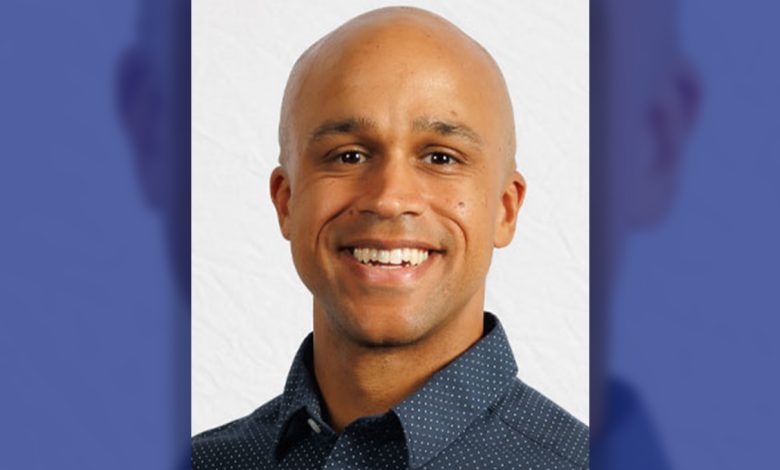From Kindergarten to 12th Grade, Black Students Are Punished More Often UC Berkeley Researcher Says

UC Berkeley News
Special to The Post
Every year, millions of students are suspended, expelled, and punished.
The American Academy of Pediatricians recently warned that these exclusionary punishments can be incredibly harmful. But are students of certain backgrounds experiencing the harms of exclusion more often?
In a paper published on Nov. 25 in “American Educational Research Association Open,” Sean Darling-Hammond, a UC Berkeley assistant professor in Community Health Science, and Eric Ho, a statistician at the U.S. Department of Education, lay out the case that Black students across the country in K-12 education are experiencing scholastic punishment far more often than their peers.
By looking across many types of punishment, student subpopulations, measures of disparity, and comparison groups, the authors arrive at the conclusion that, as the article title states, “No matter how you slice it, Black students are punished more.” They also find that while disparities are widespread, they are larger in some contexts than one might expect.
The authors wrote, “Relative to white students, Black students were 3.6 times more likely to have been suspended out of school, 2.5 times more likely to have been suspended in school, 3.4 times more likely to have been expelled, 2.4 times more likely to have been referred to law enforcement, 2.9 times more likely to have experienced a school-based arrest, and 2.3 times more likely to have been corporally punished.”
While the American Academy of Pediatricians has called scholastic punishment developmentally inappropriate for young people, Darling-Hammond and Ho found that “[d]isparities emerged as early as preschool, where Black students were 2.8 times more likely to have been suspended out of school and 2.4 times more likely to have been expelled.”
The authors explored many school contexts, and found that while disparities emerged in traditional, charter, and alternative schools, “[p]articularly jarring disparities emerged in alternative schools, where Black students were 15.3 times more likely to have experienced corporal punishment.”
Darling-Hammond and Ho also noted that Black students in wealthier schools faced some of the most disparate experiences. In schools where less than 25% of students received free or reduced-price lunches, Black students were 5.3 times more likely to be suspended and 7.8 times more likely to be expelled.
In an interview, Darling-Hammond pointed out that using the most recent federal data revealed that disparities have sustained state and district policies designed to reduce them. He also noted that the federal guidelines designed to protect students from racially biased disciplinary practices were rescinded in 2018, removing an important guard rail.
“We now have decades of social science research documenting the educational and mental health harms of exposure to exclusionary discipline,” Darling-Hammond said, adding that corporal punishment—which is still legal in 22 states—is incredibly damaging for students.
“We know that students who are suspended even one time are many times more likely to drop out of school, and many times more likely to end up in juvenile or adult incarceration,” he said.
“When students are disciplined, they behave worse. It creates a climate where students are feeling less safe and less connected, which doesn’t benefit anyone.”
For Darling-Hammond, who is the father of two Black sons, seeing sweeping disparities was painful.
“The hardest part of this research is having to face the reality that Black youth are having a qualitatively different experience across the board. Preschool students and elementary school students are so developmentally vulnerable and are at a stage where the No. 1 thing that their nervous system needs is acceptance, inclusion, and love,” he said. “So, to see such stark disparities in exclusion and punishment at that stage is truly heart-wrenching.”
However, Darling-Hammond remains hopeful that disparities are not intractable. “We concluded our article by lifting up research about how to combat these disparities. And we did that intentionally. The point wasn’t to just say that these disparities are a stable facet of our educational system. It was to say, yes, they persist. So, let’s work together to combat them.”





